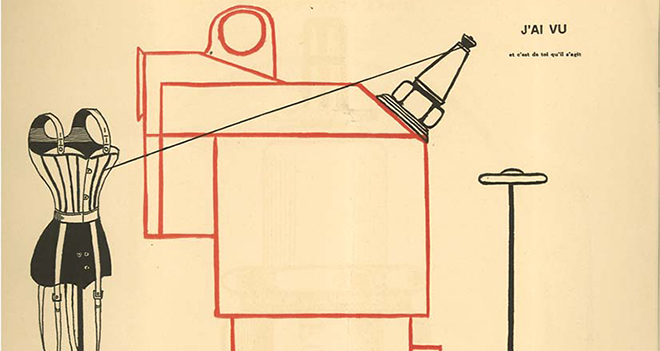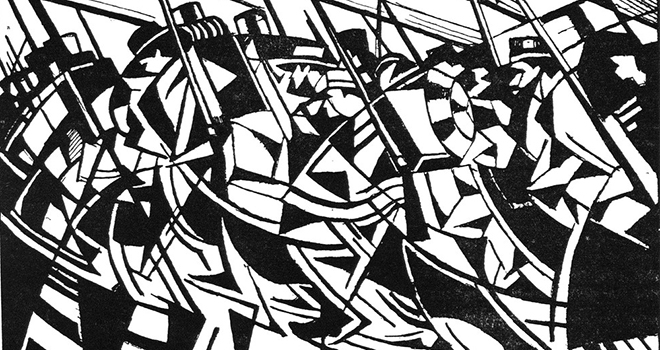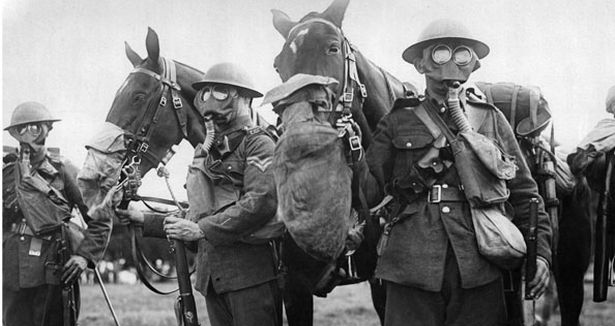BLAST vol. 1
Submitted by Lacy Holleman on Mon, 02/25/2013 - 21:37The first thing that struck me about Blast was the fact that, even after reading the introduction to the magazine, I had no idea what was being said, or what the magazine's point was. The manifesto that followed the Blast and Bless sections didn't make this any clearer to me. It seemed like the intent was to literally blast everyone in bold, capitalized print. The weird, choppy strings of adjectives-- poetry?-- that accompanied some of the blasts (e.g. BLAST HUMOR... gunshot, freezing supple/ REAL in ferocious chemistry/of laughter) were just bewildering. The rambling points that were made later in the manifesto were equally impenetrable, at least on my first read-through.
Another thing that struck me during the reading was just how personally juvenile the people in this movement seemed to be. Throughout the magazine, the futurists are attacked and mocked. It doesn't even seem to be real futurism that is derided though, more like a vague, straw-man version of it. In conjunction with the printed bashing of the futurists, the story of the vorticists' conduct when they showed up at the 'Vital English Art' lecture(setting off firecrackers and making fun of Nevinson's pronunciation) makes them seem bickering children.



